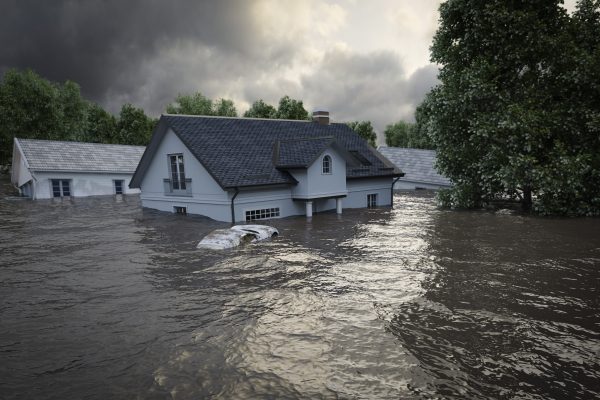Disclaimer
Risk Sciences International hereby asserts that the opinions and views articulated in the editorials published on our platform are solely those of the authors, whether they are members of our staff or external contributors. These perspectives do not necessarily reflect the official policy or position of Risk Sciences International. Responsibility for the information and views expressed in the editorials lies entirely with the authors.
An RSI Expert Editorial written by Cemil 'Jim' Alyanak
Who will finance future disasters?
When disaster strikes, wildfire, flood, hurricane, earthquake, the financial reflex is predictable: federal governments step in with billions in relief and reconstruction funding. Communities rebuild, political leaders make commitments, and the cycle resets until the next catastrophe. This pattern has held for decades, but it is showing signs of strain.
Understanding Risk
The scale and frequency of climate-related disasters is rising, and with it, the financial demands placed on national treasuries. In Canada, the United States, and across OECD economies, disaster assistance budgets have expanded at a pace that outstrips both GDP growth and fiscal capacity. Relief packages now rival major program spending. At the same time, private insurers are withdrawing from risk-saturated regions, leaving households and municipalities more exposed.
Case in point, Canada’s Disaster Financial Assistance Arrangements (DFAA) have paid out more in the past decade than in the previous four combined. Flooding on the Prairies, fires in British Columbia, and extreme weather in Atlantic Canada have made the DFAA an essential, but overstretched, safety net. The program illustrates the need to fully understand cumulative fiscal exposure before disaster strikes, not after.
Managing Risk
Continuing to rely primarily on federal backstops creates a structural imbalance. It fosters complacency at other levels of governance and across sectors, municipalities delay adaptation projects, corporations underinvest in continuity planning, individuals avoid hard choices about relocation or mitigation. This is not only a fiscal concern, it is a risk governance concern. Effective management requires diversification of responsibility. Insurers, capital markets, local governments, and civil society all need defined, accountable roles in financing resilience, response, and recovery. Emerging instruments such as resilience bonds and pooled interjurisdictional funds offer pathways, but adoption remains uneven.
In the United States, the National Flood Insurance Program (NFIP) provides a parallel lesson. Originally designed to spread risk across the insured population, it is now over USD 20 billion in debt to the U.S. Treasury. Repeated congressional bailouts have prevented structural reform, reinforcing the expectation that Washington will always step in. This undermines incentives for local mitigation and distorts property markets in flood-prone areas. The NFIP case highlights why disaster financing cannot rest indefinitely on federal shoulders.
Communicating Risk
The challenge is not only technical or financial, it is communicative. As long as the prevailing narrative is that “Ottawa” or “Washington” will arrive with a blank cheque, risk is distorted in the public mind. Constituencies must be made aware that the current model is unsustainable, that resilience is not a service to be purchased after the fact, but a shared investment before disaster strikes. Clear, transparent messaging can help shift expectations, from passive reliance on federal bailouts to active participation in preparedness and shared responsibility.
Europe’s approach with the European Union Solidarity Fund (EUSF) illustrates this principle. The Fund was created to provide rapid financial assistance after major natural disasters, but the European Commission has consistently communicated its limits: it is not designed to cover all losses, only a portion. Member states are reminded publicly and repeatedly that responsibility for resilience lies first with national and local authorities. By openly communicating the scope and constraints of federal assistance, the EU has managed expectations and reinforced the message that solidarity is partial, not absolute.
The real question, then, is not who will finance the next disaster? but how will we distribute that responsibility in a way that is fiscally sustainable, socially fair, and operationally effective? Without such a shift, we face not only mounting deficits but an erosion of public trust in government’s ability to protect and recover.




